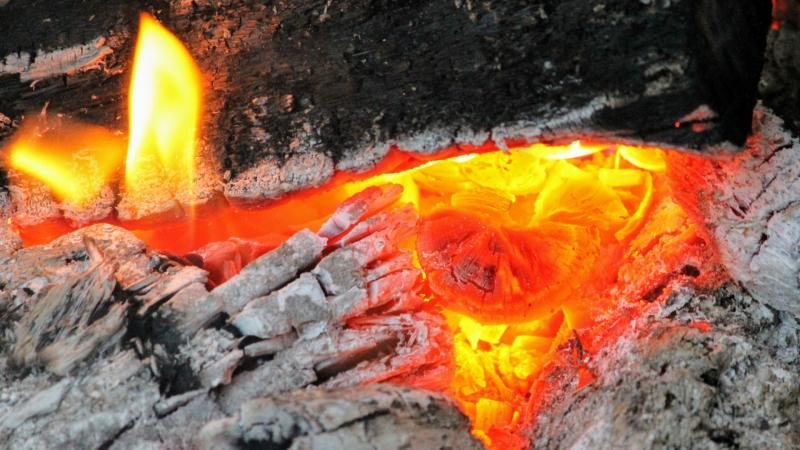
Scientist from Indian Institute of Technology (India School of Mines), Dhanbad, Jharkhand are studying the potential environmental risks and hazards of coal ash, by studying the composition of the by product.
India is largely dependent on coal power, which provides for more than 62% of the country’s electrical supply needs. The country also hosts vast coal reserves, in West Bengal, Madhya Pradesh, Bihar etc, and little to no oil reserves. This makes coal the most important source of energy for the country. Coal is often used in thermal power plants, where heat from burning coal is used to produce steam from water, which in turn generates electricity.
The coal is often burned in large furnaces, giving rise to two types of by-products; fly ash and bottom ash—together called coal ash. The bottom ash gets collected at the bottom of the furnace, while the lighter fly ash, which gets blown upward, is collected by precipitators or filters. The components of t fly ash depends on the coal mineral that was used, but usually contains large amounts of Silicon dioxide (SiO2), aluminium oxide (Al2O3) and Calcium Oxide (CaO), with trace concentrations of other elements, like arsenic, mercury, lead, cobalt, manganese etc.
For their study, the researchers wanted to study the potential environmental risk posed by the coal ash emitted from thermal power plants (TPP) in India. Five TPPs in the country were chosen for the study. The researchers performed a physical, chemical and mineralogical characterization of the fly ash that was collected from the five TPPs. Further analysis of the fly ash and bottom ash was also performed to identify the trace elements present.
Their results showed that the fly ash was primarily enriched with Silicon dioxide (SiO2), aluminium oxide (Al2O3), Iron Oxide (Fe2O3) and small concentrations of Calcium Oxide (CaO) and magnesium oxide (MgO). While, minerals like quartz, mullite, hematite, and magnetite were also observed. Trace concentration of elements like Chromium, Lead, Mercury and Arsenic were also present in the fly ash, in varying concentrations.
Next, the researchers studied the environmental risk posed by the various elements and minerals by conducting geoaccumulation index (I geo) and potential ecological risk index (PERI) studies. The results show that while one of the five TPPs studies posed a moderate risk, the four other TPPs were considered as low risk. The study shows that, while coal burning may still contribute towards a warming planet, the immediate implications due to pollutants being released into the atmosphere from the fly ash can be neglected.






